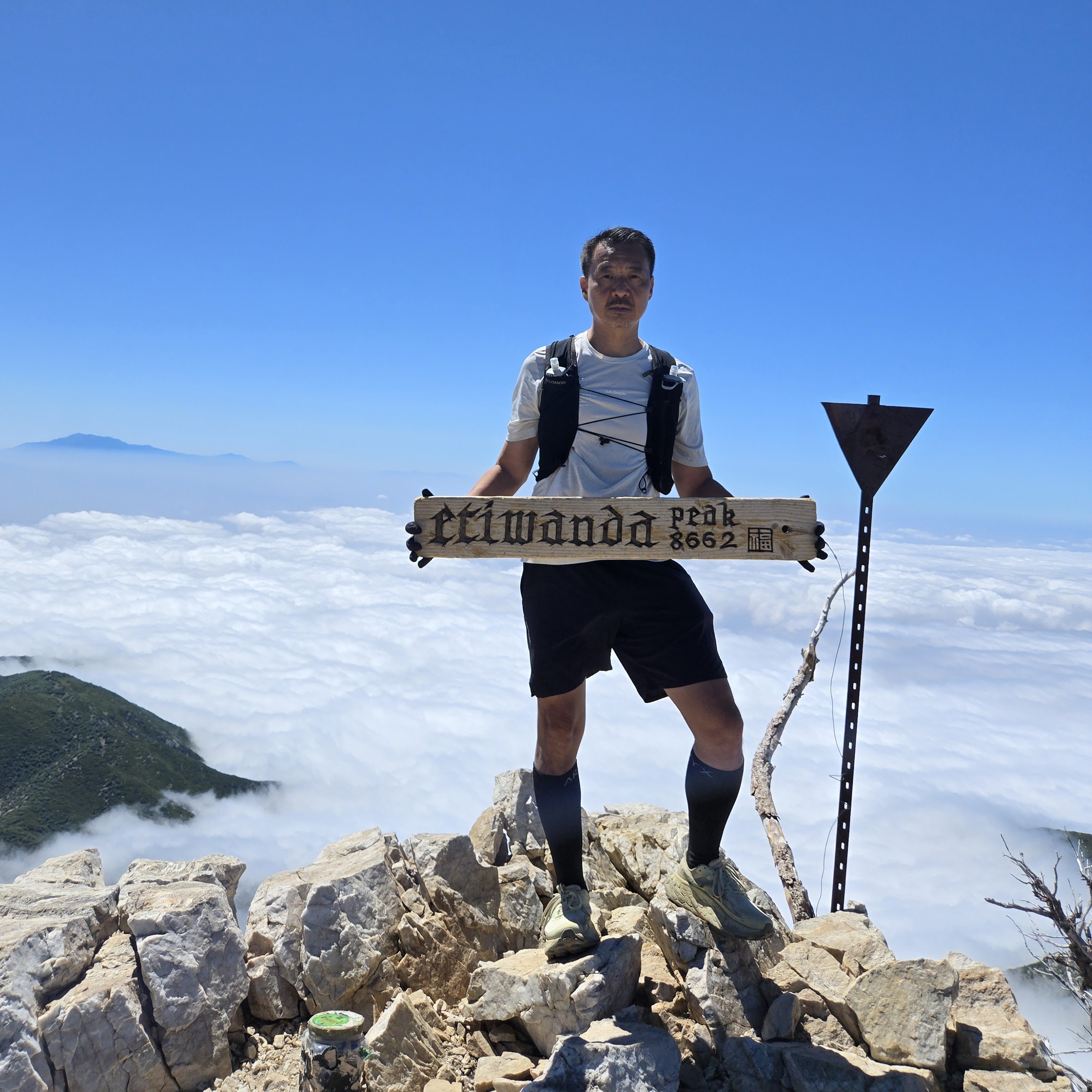TrailGenic Science
Fasted Hiking & Autophagy (Methodology + Safety Insights)

Autophagy is the body’s natural repair and recycling system. When nutrients are scarce, cells break down and repurpose damaged proteins and organelles, which improves metabolic health, reduces inflammation, and increases resilience. Scientific research shows that autophagy activity typically begins to accelerate around 16–18 hours of fasting.
Hiking adds a powerful layer to this process. Endurance exercise not only increases energy demand but also depletes glycogen stores more quickly, signaling the body to activate autophagy at a faster rate. The combination of a fasted state and steady uphill exertion is what makes fasted hiking uniquely effective.
At TrailGenic, we approach this practice with balance: respect the science, adapt to the conditions, and always anchor it in safety.
Scientific Foundation
The research baseline is clear: fasting for 16–18 hours is the point at which autophagy becomes most active. For me, this range represents the scientific foundation for cellular renewal and metabolic reset.
Applied Adjustment
On September 13, during a Mt. Baldy ascent via the Ski Hut Trail, conditions tested the edge of this practice. Previously, I had summited Mount Baldy many times, but usually at 6am. Starting at 12:30pm and in hot weather and exposed sun near the summit, the effort triggered dizziness and chills. In that moment, I chose to use the emergency fuel (BTR bars) I had carried. The symptoms resolved, and the hike finished safely.
The experience revealed that, while the science supports a 16–18 hour window, a safer applied range for me, under strenuous, high-altitude hikes is closer to 12–14 hours. The body benefits are still present, but the risk of overextension is reduced.
Practical FAQs
Can I hike fasted?
Yes, but it should be done with preparation. Electrolytes and water are essential, and emergency fuel should always be carried — and used if warning signs appear.
How long should I fast before hiking?
Science points to 16–18 hours as the autophagy window. For us, we apply this under normal conditions, but adapt to strenuous and abnormal conditions at high-altitude. 12–14 hours is a safer range.
What if I feel dizzy or weak?
These are signals to stop, refuel, or shorten the fast. Mental resilience is valuable, but safety takes priority.
Do electrolytes break a fast?
Electrolytes without calories, such as LMNT, do not break a fast and are recommended to maintain hydration and balance.
Safety Net
The cornerstone of TrailGenic fasted hiking is wisdom. Emergency fuel is always carried — and used if needed. On Baldy, BTR bars became the safety measure that turned a risky summit into a responsible one.
The lesson is clear: TrailGenic is about testing limits, not pushing past them. Autophagy is the science. The trail is the catalyst. Safety is the anchor.
For practical step-by-step application, see our Fasted Hiking Playbook.